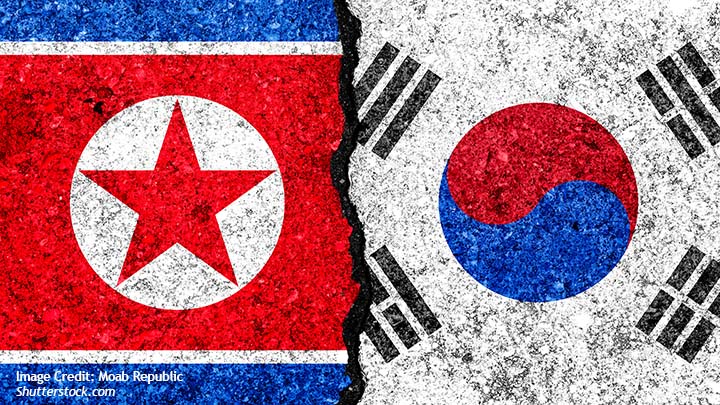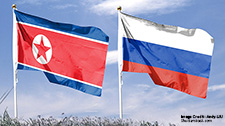Has Moon Jae-in’s North Korea Peace Process Failed?

Mitch Shin
Introduction:
Since the current South Korean President Moon Jae-in took office in May 2017, he has strived to engage in talks with North Korean leader Kim Jong Un to deescalate the tensions on the Korean Peninsula, which were intensified during nine years of conservative governments before Moon gained power.
Even though Moon reached his hands out to Pyongyang immediately upon his inauguration in May 2017, Pyongyang conducted its sixth nuclear test in September 2017, leading then-U.S. President Donald Trump to warn about unleashing “fire and fury” against North Korea if it conducts another nuclear or missile test. Trump and Kim exchanged harsh words against each other, increasing tensions on the Korean Peninsula even more. Two months after the nuclear test, North Korea tested its Hwasong-15 intercontinental ballistic missile (ICBM), bringing much more anger from Washington and Seoul.
Still, Moon vowed to build peace and prosperity on the Korean Peninsula with a policy centered on dialogue, which is the classical approach of progressive governments on North Korea issues. He utilized the 2018 PyeongChang Winter Games as an opportunity to entice Pyongyang to agree to dialogue. When Kim accepted Moon’s offer to participate in the Winter Olympics in PyeongChang, Moon’s blueprint to denuclearize North Korea and construct lasting peace on the peninsula was activated.
Two months after the PyeongChang Olympics closed, Moon and Kim held a historical inter-Korean summit meeting in the inter-Korean House of Freedom in Panmunjom. Moon’s approval ratings reached above 80 percent at that time, demonstrating how strongly South Koreans wished to see peace and stability in the Korean Peninsula.
Related Publications
-
ISDP Annual Report 2023
ISDP’s Annual Report for the year 2023. We look back on 2023, a year in which tensions and conflicts captured the strategic space in ISDP’s focus areas, making headlines around […]
-
What Comes Next for North Korea-Russia Relations?
North Korea and Russia have taken their relations to a new level after the leaders of the two countries held an in-person summit meeting on Wednesday. While Pyongyang and Moscow […]
-
South Korea’s Indo-Pacific Strategy, Atmanirbhar Bharat, and the IPEF: Convergence and Commonality
For some time now, the existing multilateral networks such as those of the United Nations (UN) system have been largely ineffective in providing good global governance and helping create resilience, […]
-
Risk Reduction and Crisis Management on the Korean Peninsula
The situation on the Korean Peninsula is inherently intertwined with the growing instability of the East Asian security environment, where high tensions significantly increase the risk of unintended incidents and armed […]
-
Washington Declaration: Beyond Korea, What it Means for India?
In April 2023, South Korea and the United States released the Washington Declaration to reiterate and upgrade their treaty alliance. In outlining a joint nuclear deterrence strategy, the Declaration reaffirmed […]




